Exploring Cabinet Styles: Inset, Frameless, and Framed Cabinets
When it comes to cabinet design, there are various styles to choose from, each offering distinct aesthetics and functionalities. Among the most popular styles are inset, frameless, and framed cabinets. These options dictate how the cabinet doors are positioned and constructed, ultimately influencing the overall appearance and usability of your custom cabinets. Let's delve into the characteristics of each style to help you make an informed decision for your custom cabinet-making projects.
Inset Cabinets:
Inset cabinets are known for their timeless and elegant appearance. The defining feature of inset cabinets is that the cabinet doors and drawers are set inside the cabinet frame, creating a flush surface with the cabinet frame when closed. This style requires precise craftsmanship, as the doors must fit snugly within the frame openings.
Key Features:
- Doors and drawers are flush with the cabinet frame.
- A visible frame is present around each door and drawer.
- Hinges are usually exposed and decorative.
- Provides a classic, furniture-like look.
- Requires precise measurements and construction.
Advantages:
- Timeless design that complements traditional and transitional aesthetics.
- Offers a sophisticated and upscale appearance.
- Doors do not overlap the frame, maximizing interior space.
Considerations:
- Intricate construction requires higher skill levels.
- May involve additional installation and hardware costs.
Frameless Cabinets:
Frameless cabinets, also known as European-style cabinets, have gained popularity for their modern and minimalist design. In this style, cabinet doors cover the entire cabinet box, eliminating the need for a visible face frame. Instead, the doors are attached directly to the cabinet sides.
Key Features:
- Cabinet doors completely cover the cabinet box.
- No visible face frame, creating a seamless look.
- Hinges are typically hidden, enhancing the clean aesthetic.
- Maximizes interior space and storage.
Advantages:
- Sleek and contemporary appearance.
- Easy access to cabinet contents due to full-overlay doors.
- Provides a streamlined and open feel to the kitchen or space.
Considerations:
- Requires precise construction to ensure proper door alignment.
- Installation may demand specialized hardware and techniques.
Framed Cabinets:
Framed cabinets are a traditional cabinet style that features a face frame attached to the front of the cabinet box. Cabinet doors and drawers are then mounted onto this face frame. This style is often associated with a more classic and familiar look.
Key Features:
- Cabinet doors are mounted onto a visible face frame.
- Face frame adds a decorative element and structural support.
- Various door overlay options available (partial or full overlay).
- Hinges can be hidden or exposed, depending on design.
Advantages:
- Versatile style that suits various design preferences.
- Offers a balanced blend of traditional and modern aesthetics.
- Easier installation compared to inset cabinets.
Considerations:
- Face frame may slightly reduce interior storage space.
- Offers less seamless and flush appearance compared to frameless cabinets.
Choosing the Right Style:
The choice between inset, frameless, and framed cabinets ultimately depends on your design preferences, budget, and the overall style of the space. Each style has its unique charm and characteristics that can greatly impact the atmosphere of a room.
As a custom cabinet maker in Philadelphia, consider collaborating closely with your clients to understand their vision and requirements. Taking into account the architecture of the space, existing design elements, and the desired mood, you can guide them toward the perfect cabinet style that will enhance the functionality and aesthetics of their home.
In conclusion, whether you're aiming for a classic, modern, or versatile look, understanding the differences between inset, frameless, and framed cabinets empowers you to create custom cabinets that beautifully align with your clients' preferences.
